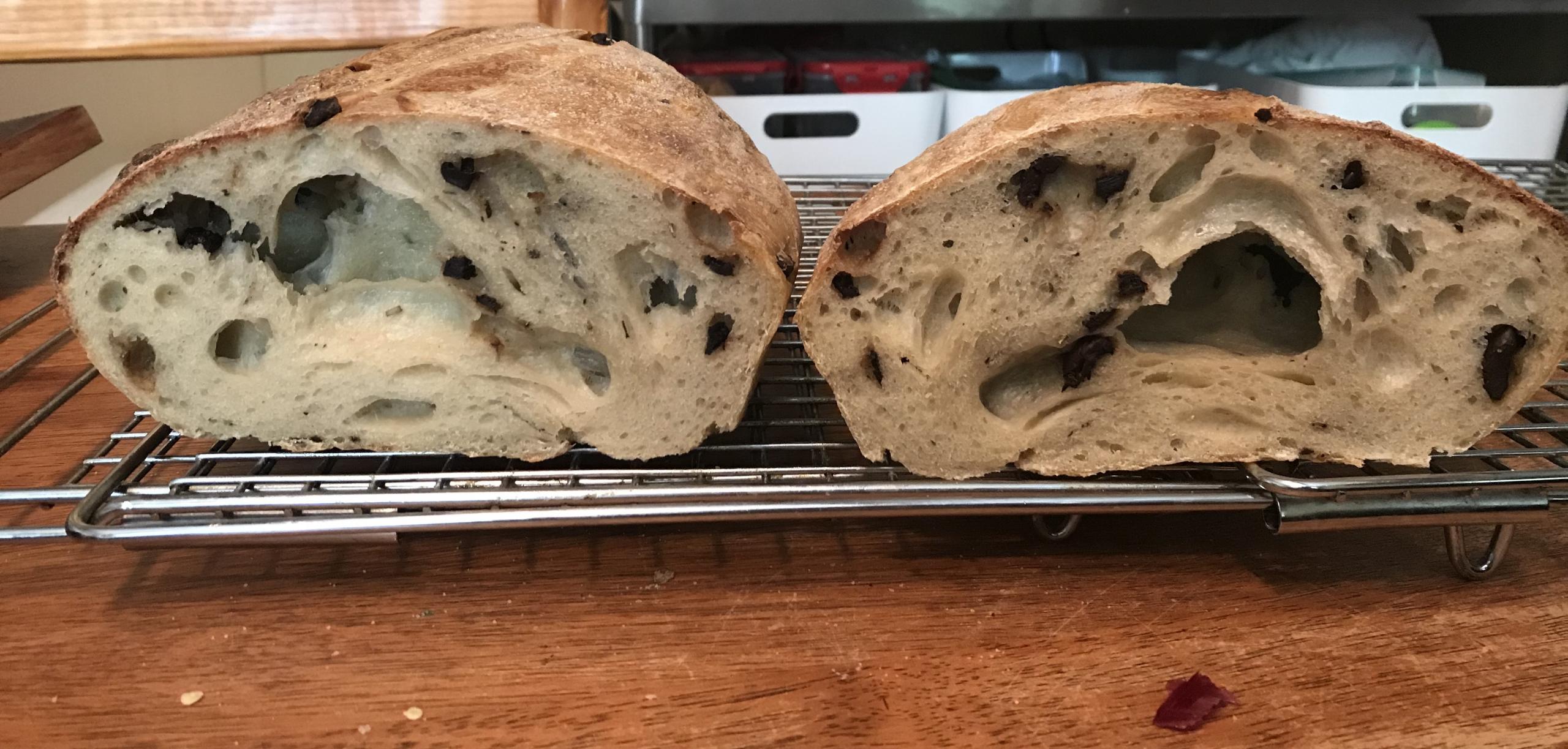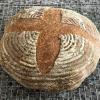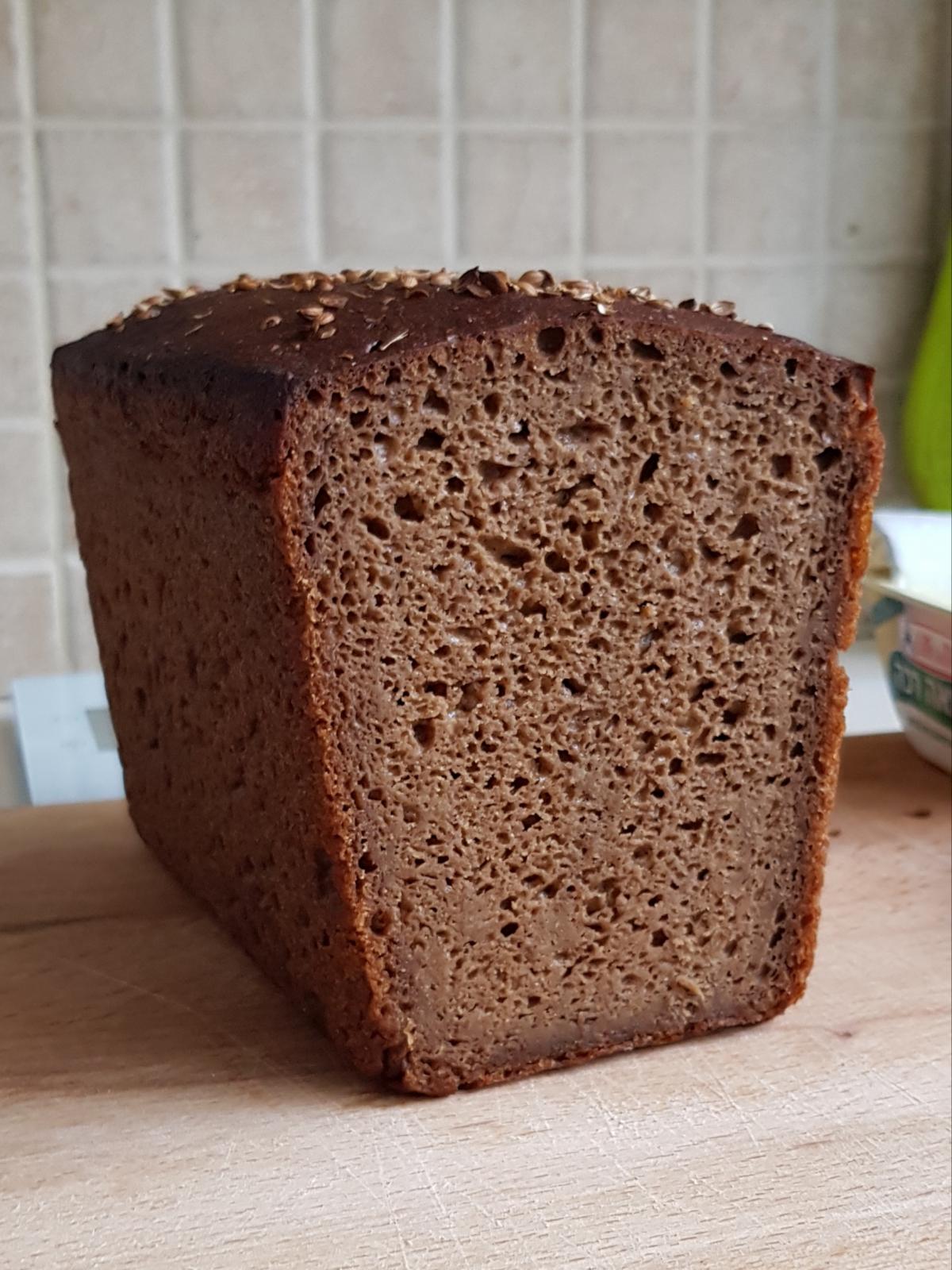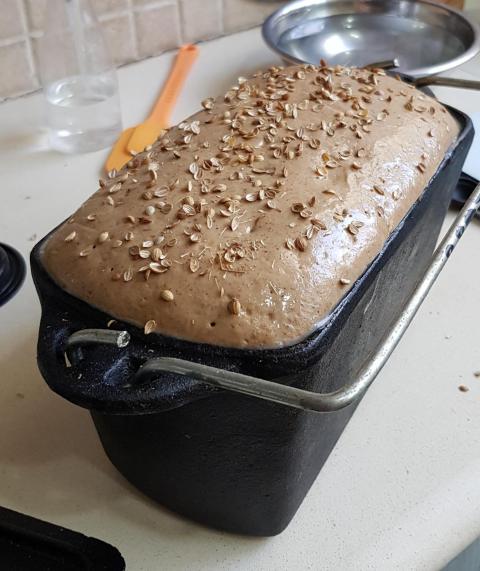
Spelt Ricotta Cheese Sourdough Rolls

Hi There,
I am glad to share with you my latest baking experience.
I have tried to revise a bread recipe from my own country, Sardinia. In particular the Ricotta Cheese Rolls. Spelt is not so popular in Sardinia but I fell in love with this flour hence could not resist to try to make my Spelt Ricotta Cheese Sourdough Rolls :)
The Ricotta Rolls have a delicious ricotta flavor and have a very thin and crunchy crust. They are also very soft. Some people also add Saffron to the dough but I probably prefer to add it when I use normal wheat flour to give it more character and taste indeed.
Here he final result :)


Ingredients:
150gr Semolina flour
350gr White Spelt Flour
50gr Vital Gluten
500gr Ricotta Cheese (drain it before adding to the dough)
260gr Water + 40gr for the Salt
12gr Salt
200gr Spelt Starter (100% Hydration)
Method:
- Mix together the flour, the semolina and the VWG and 260gr of water and autolyse for 30 min/1hour
- Add the 40gr water with 10gr salt and the starter and the ricotta cheese to the dough and knead for 10/20 min till all the ingredients are incorporated. The dough will be crazy sticky but no worries, keep kneading till the gluten structure builds up and it will be easier to manage ;)
- Bulk Ferment for 2/3 hours depending on the room temperature etc (I BF for 2 hours @25 Celcius)
- Divide your dough into 4 or 6 parts and shape it to form 4/6 nice rolls. Put them to proof on a baking try. You can either cover the try with some cling film or just put it to proof into the oven making sure it is switched off ;)
- After 2/3 hours just before doubling in size or passing the poke test, remove them from the oven and preheat the oven @250 Celcius
- Score the rolls, put a pot of boiling water in the bottom of your oven, bake the rolls for 30/35 minutes @ 220 Celcius till they sound hollow when tapping at the bottom.
- Let the rolls to cool down and enjoy your Ricotta Cheese Rolls ;)
I hope you like this recipe and please let me know how you get on with it ;)
Happy Baking
Stefano
















